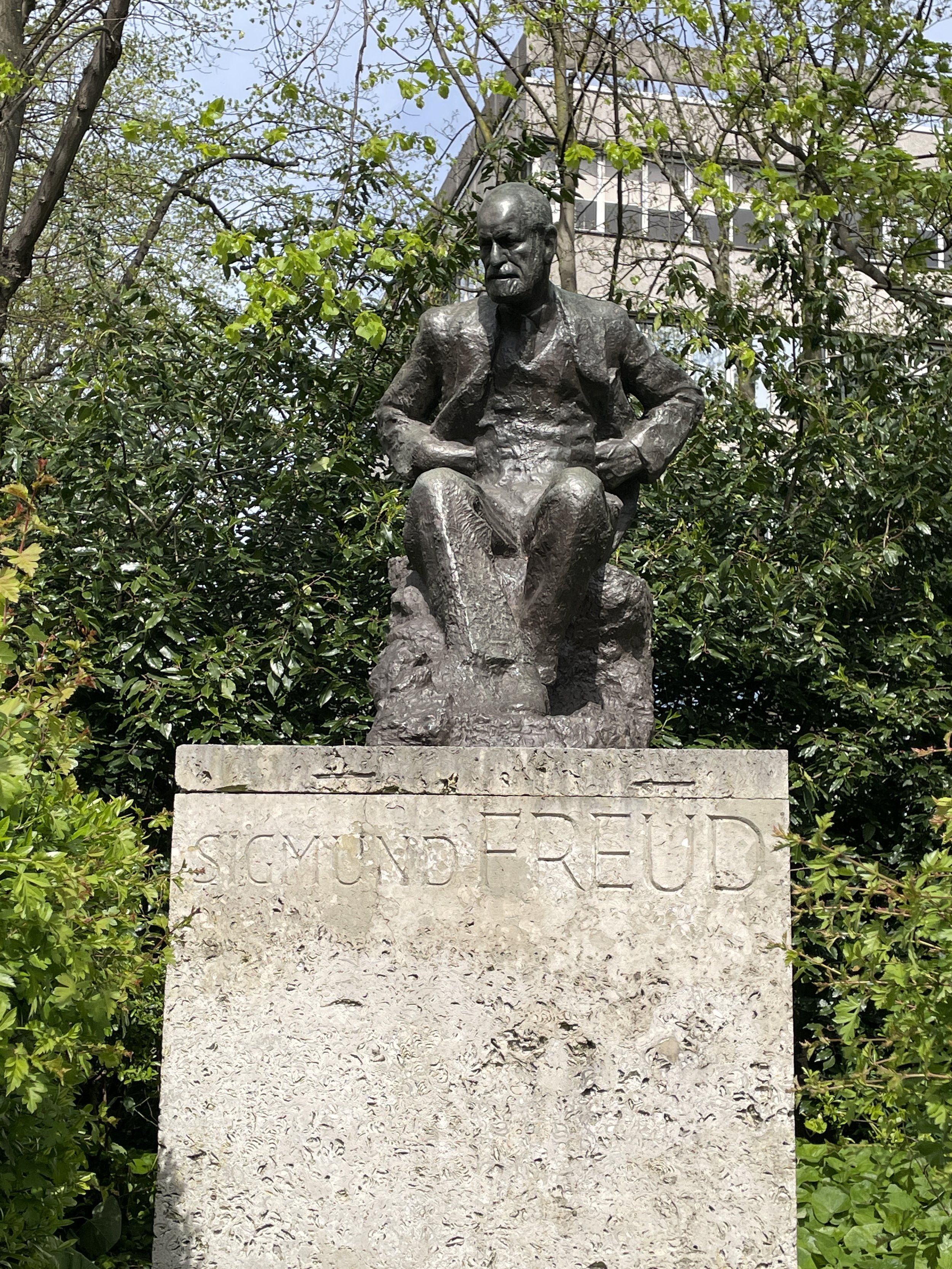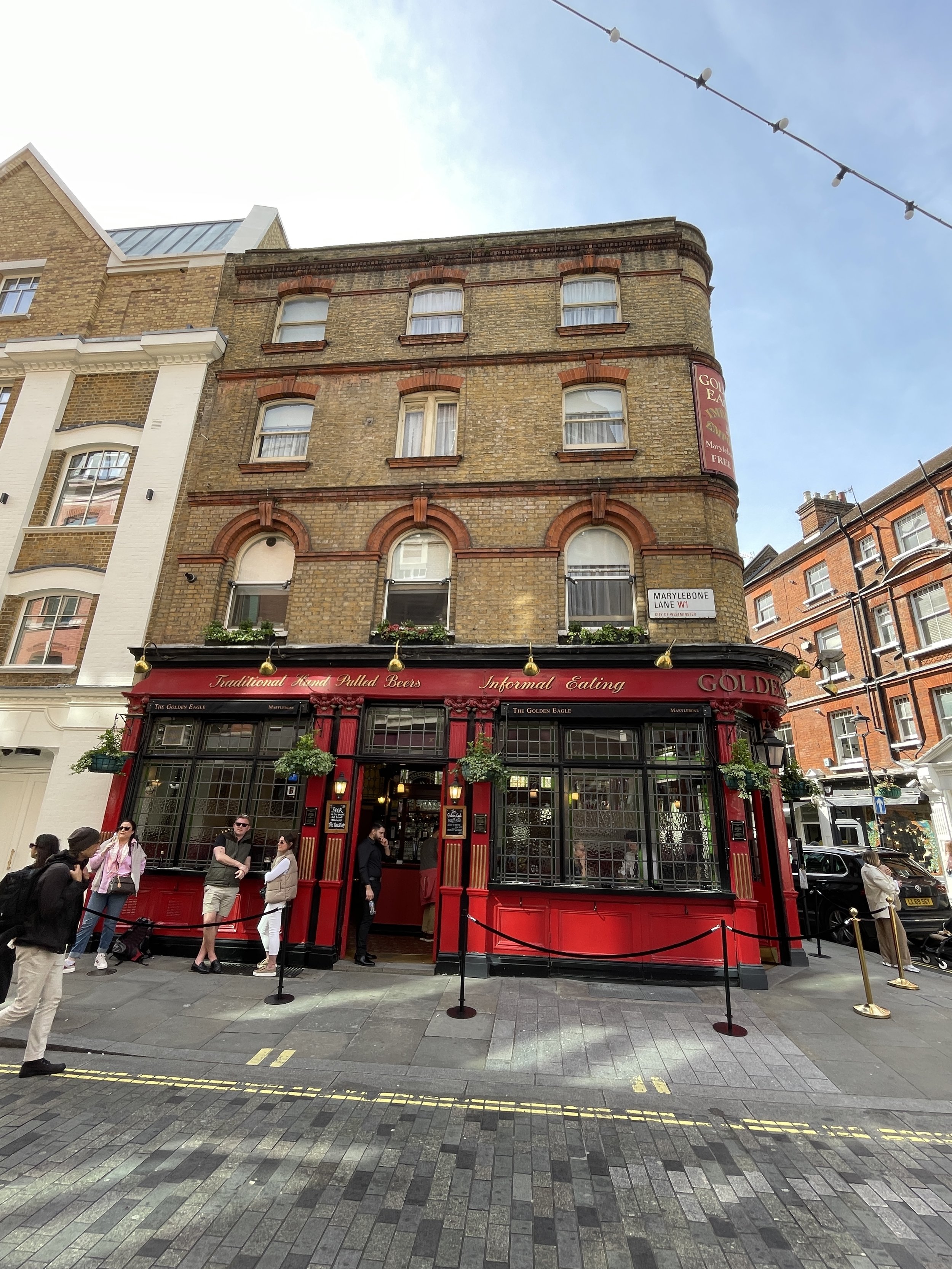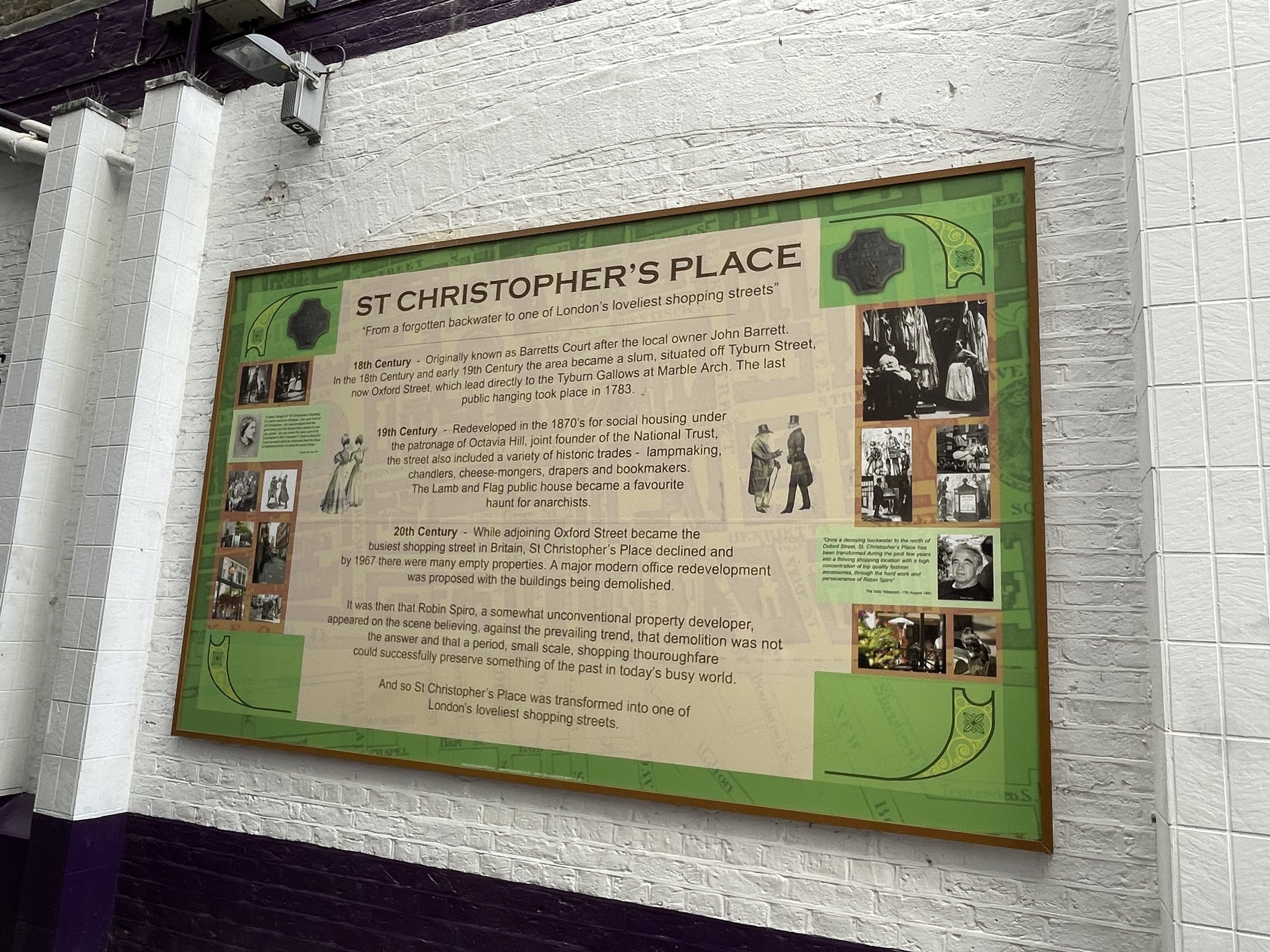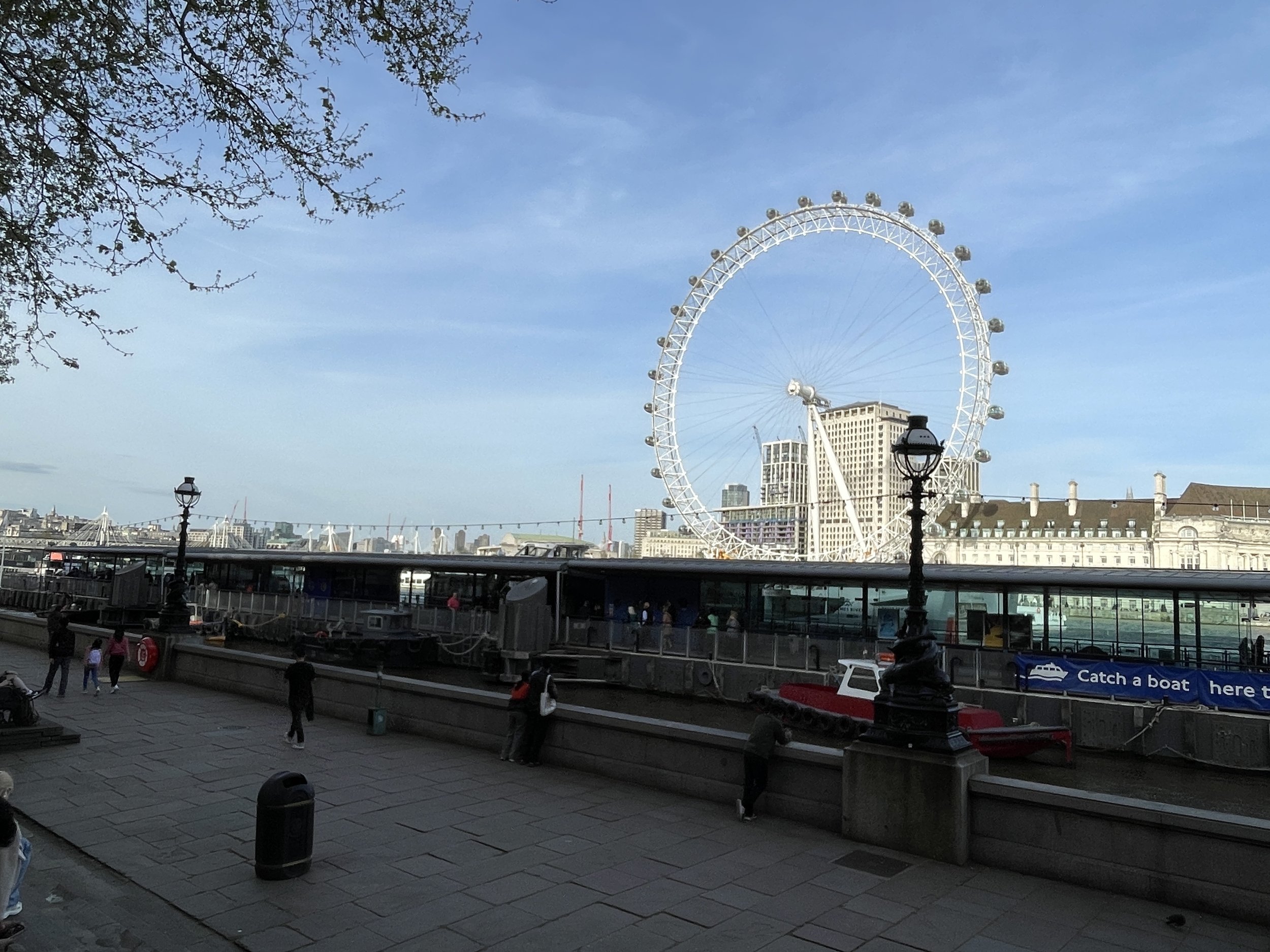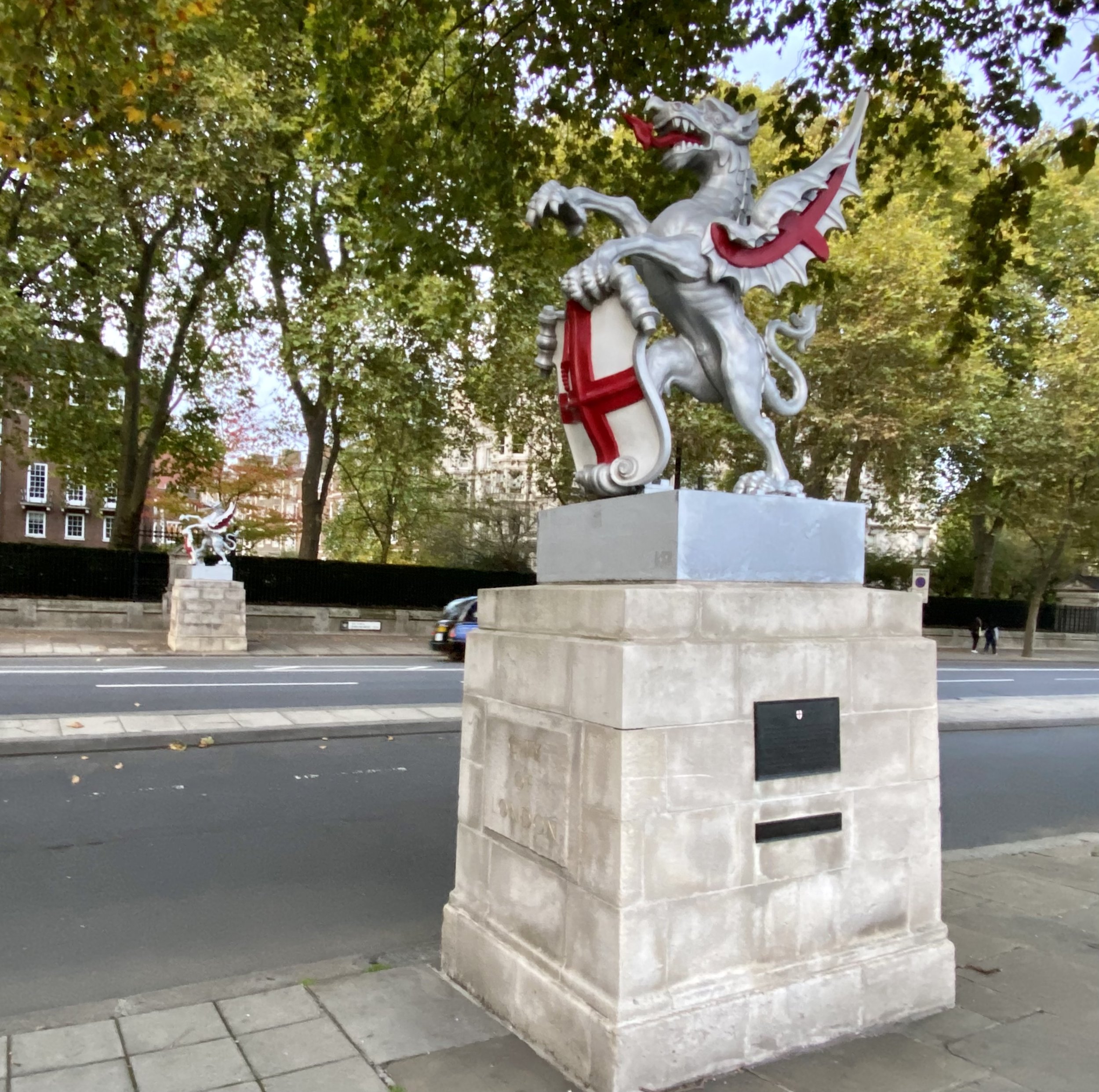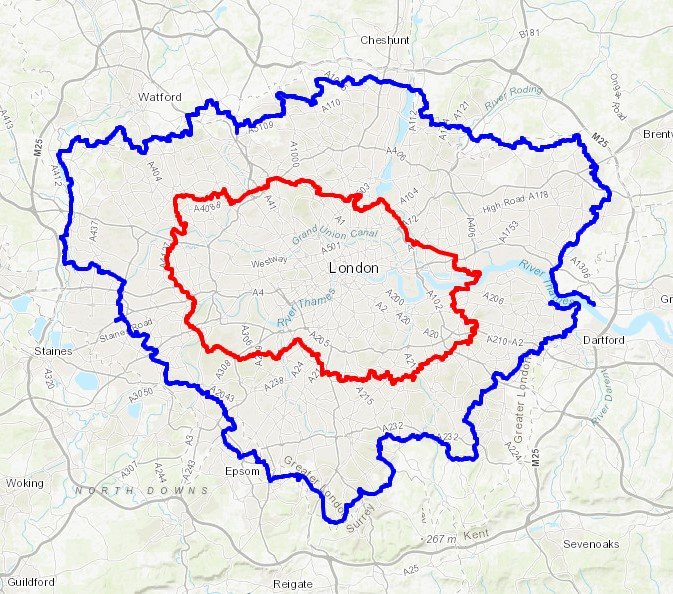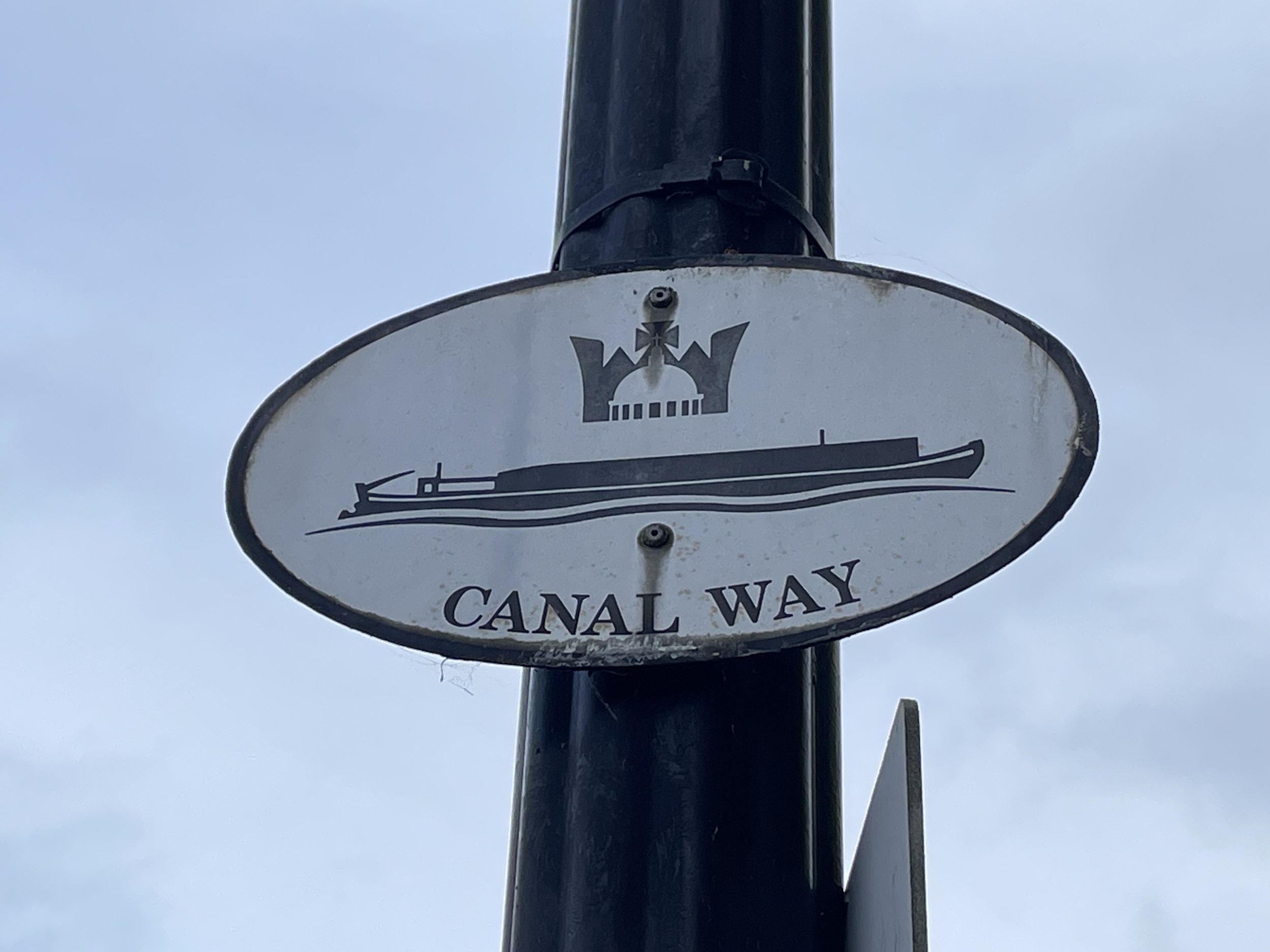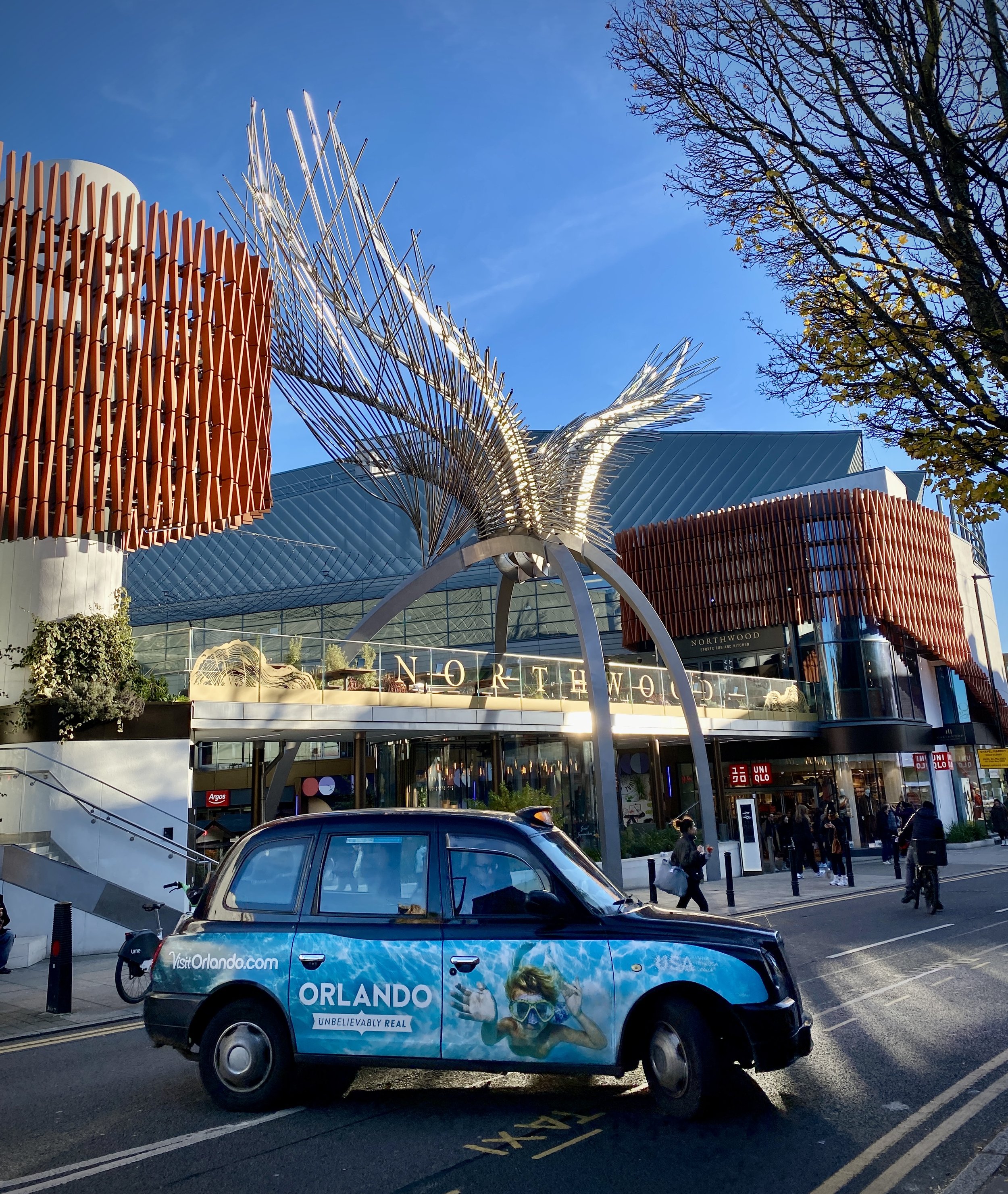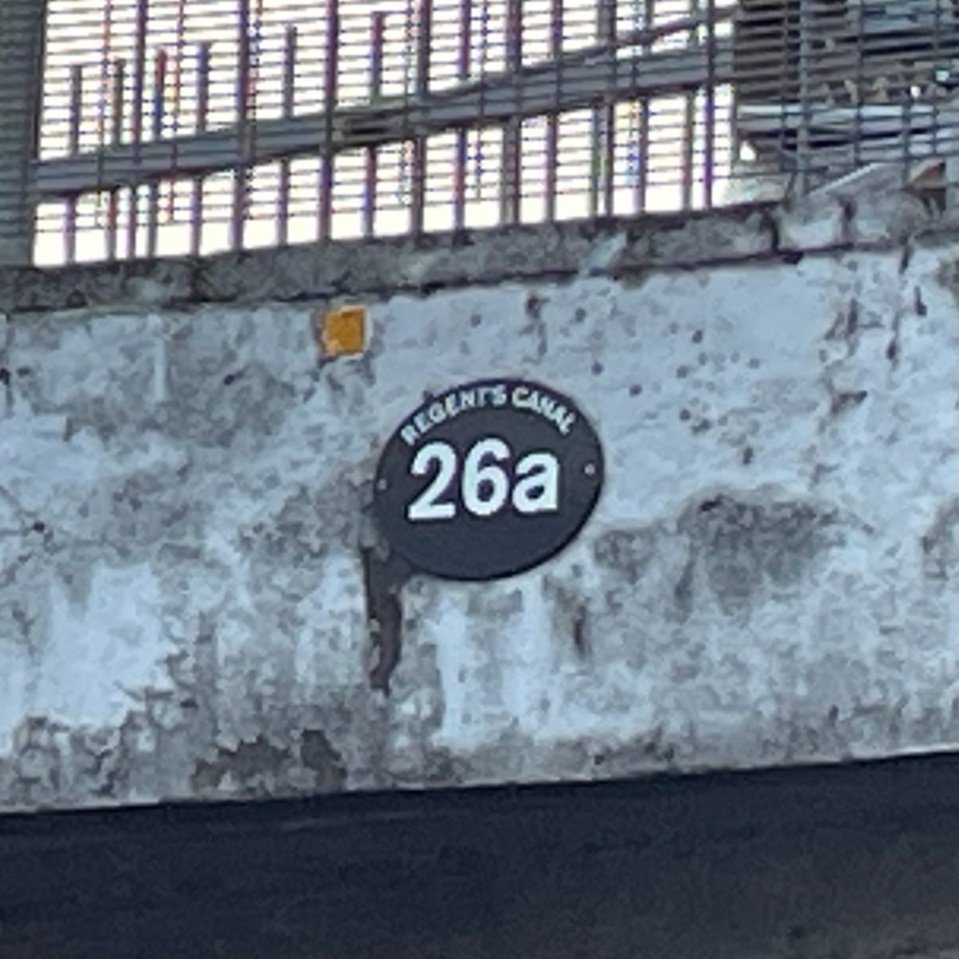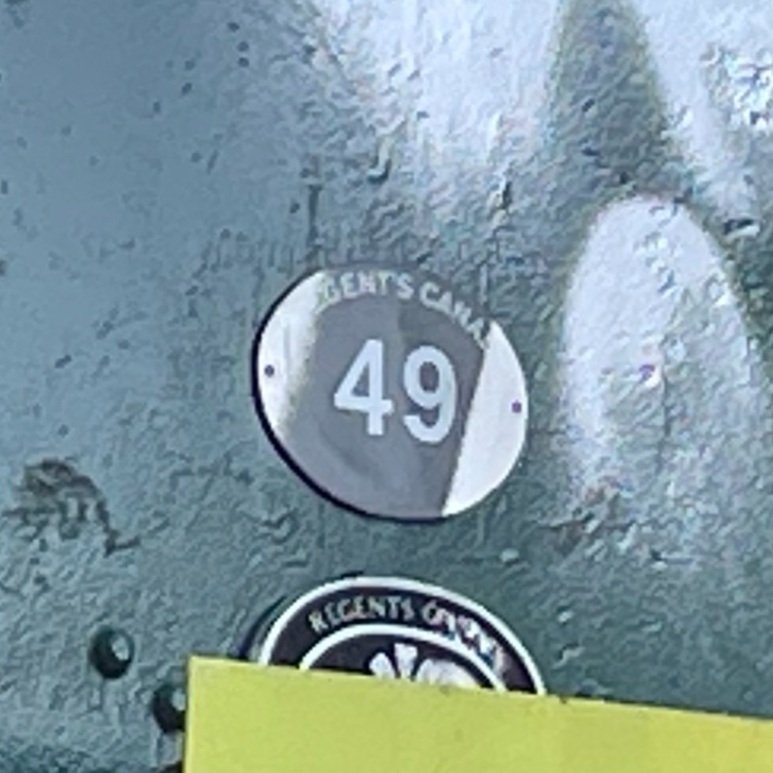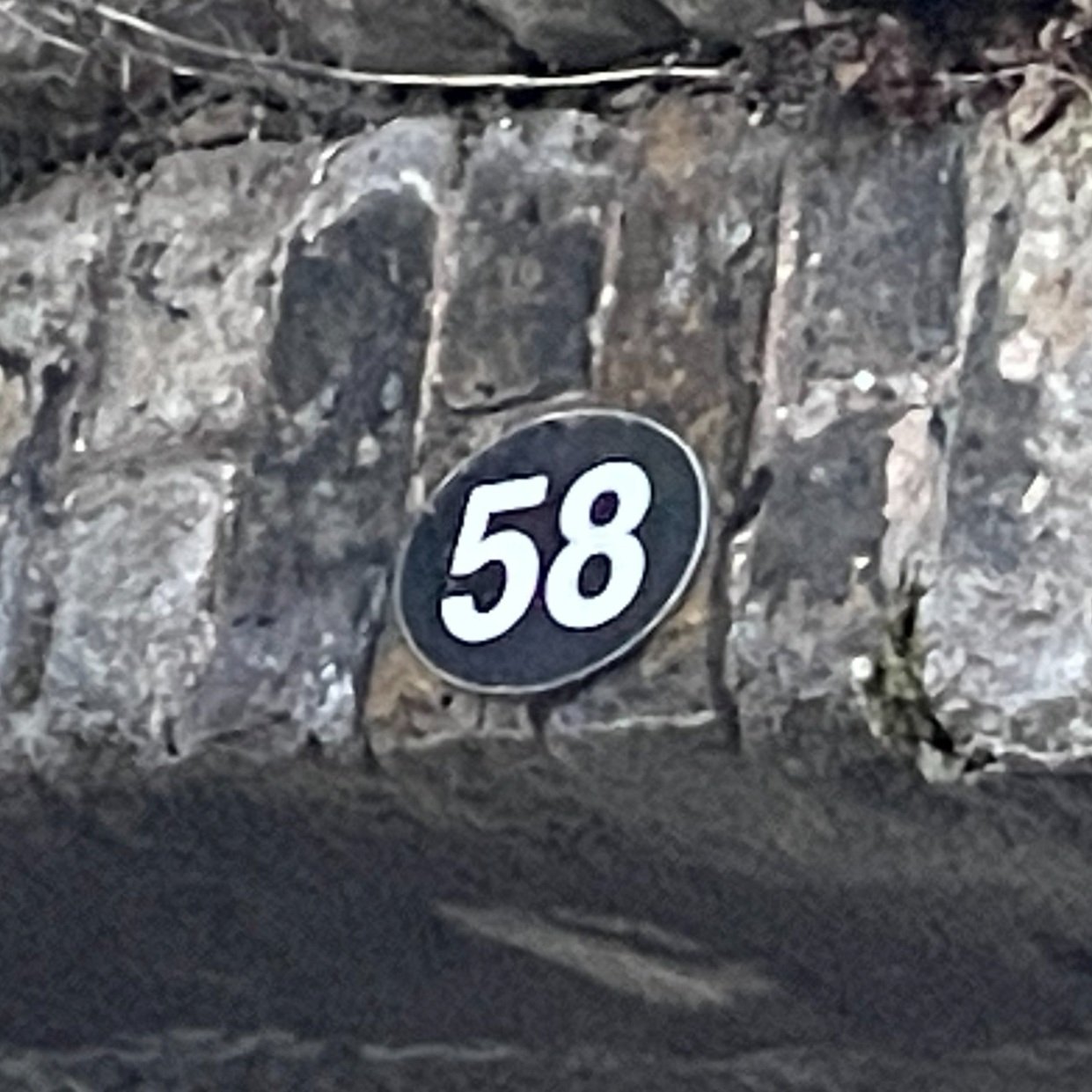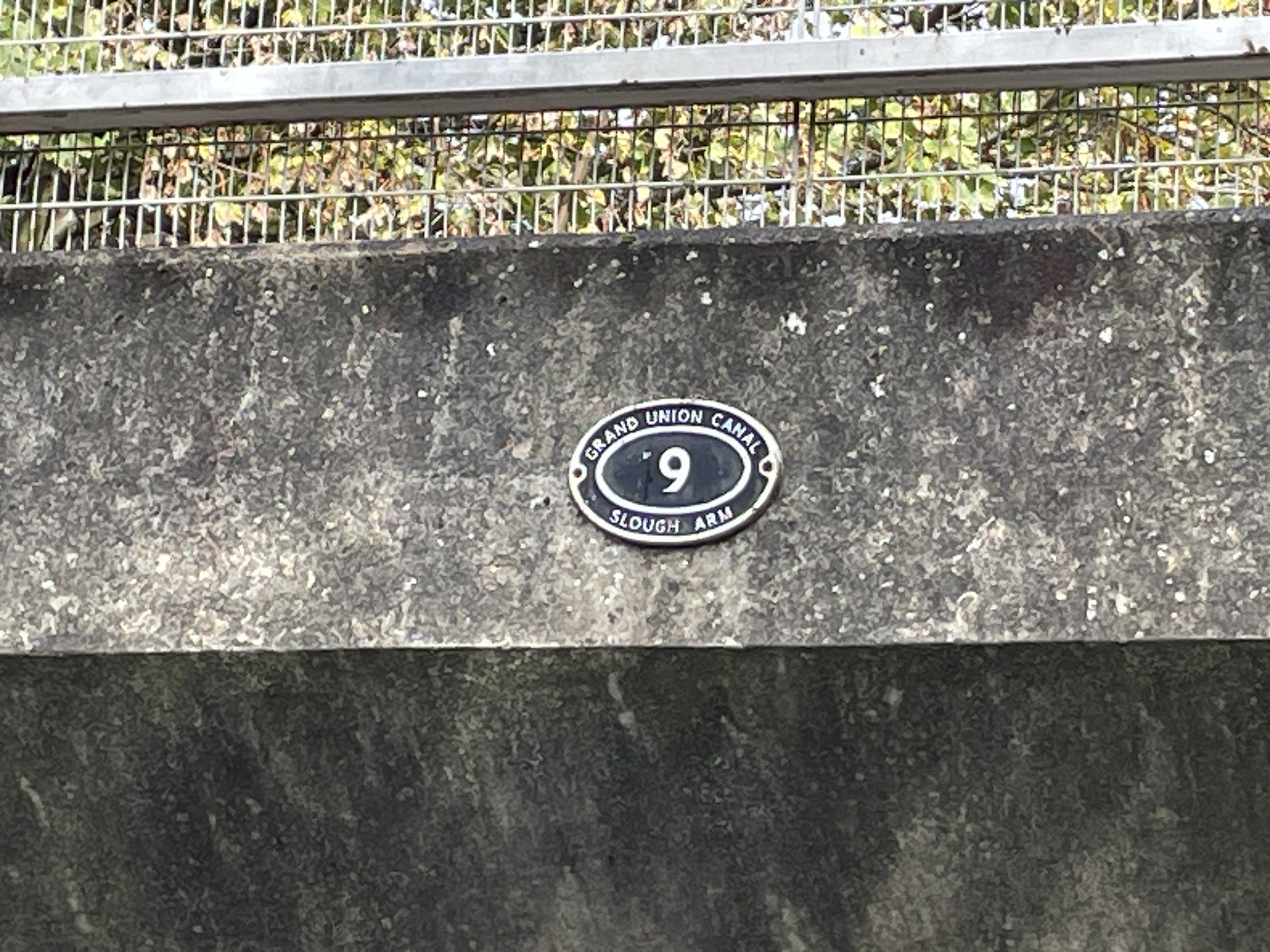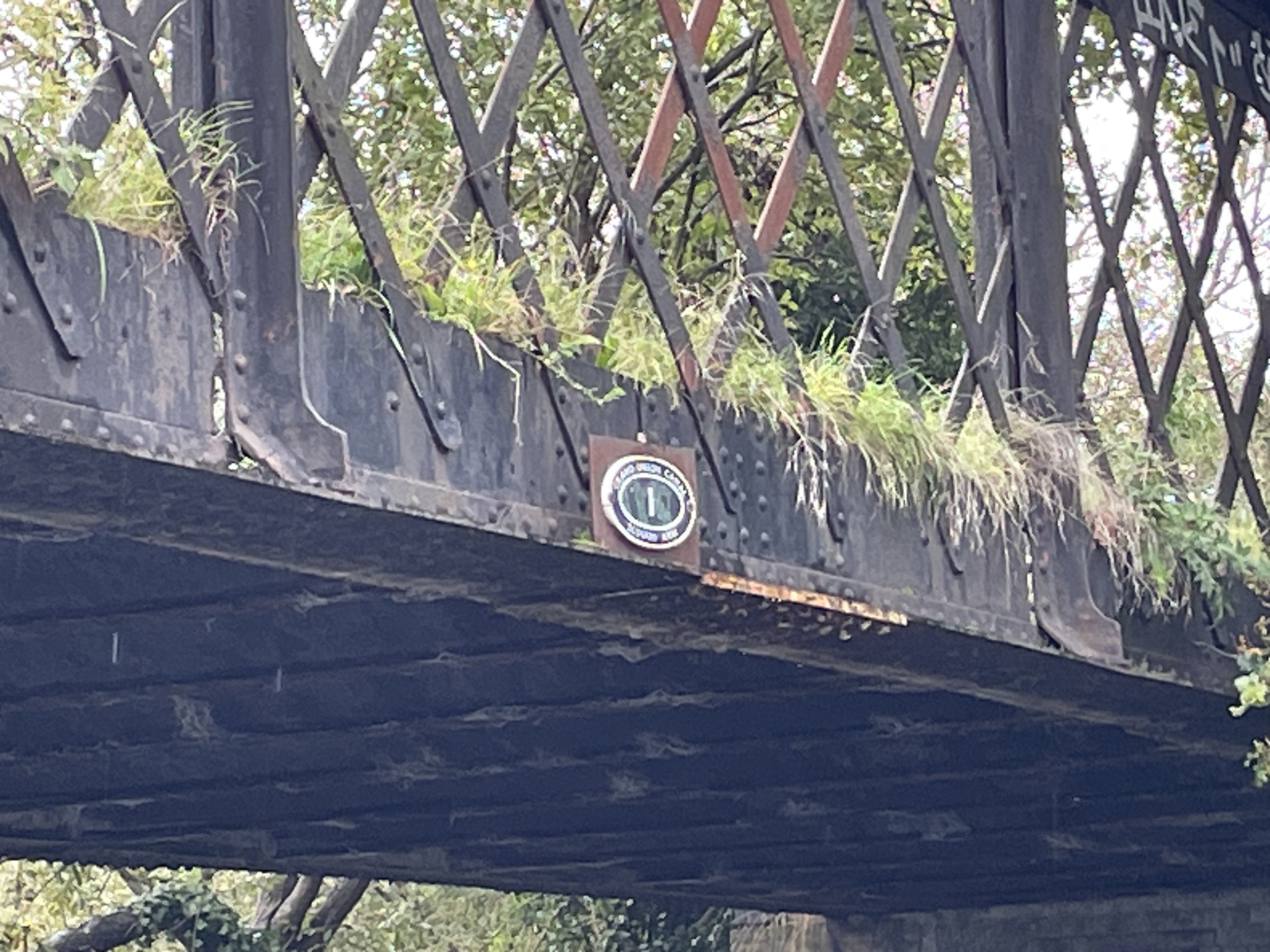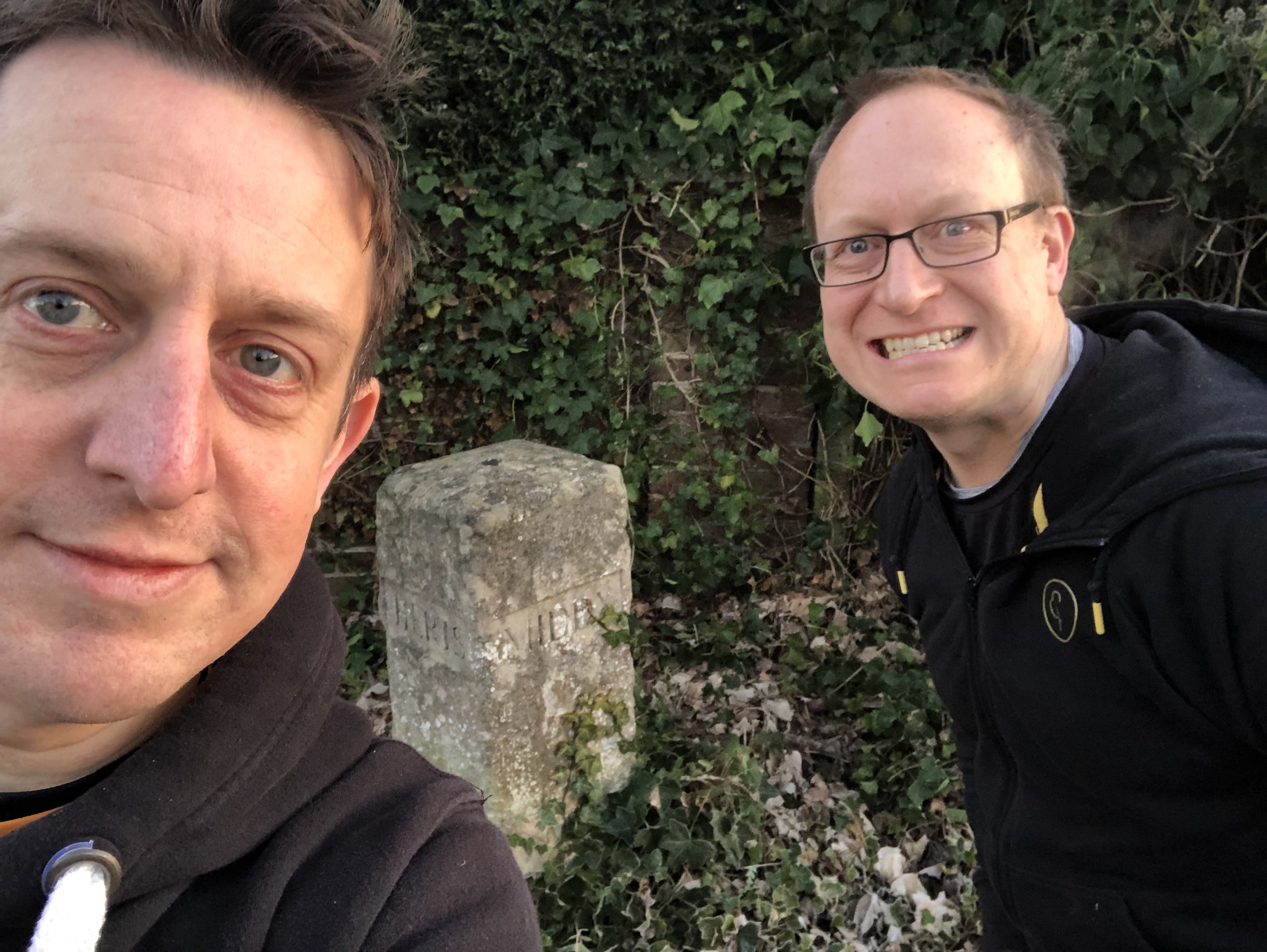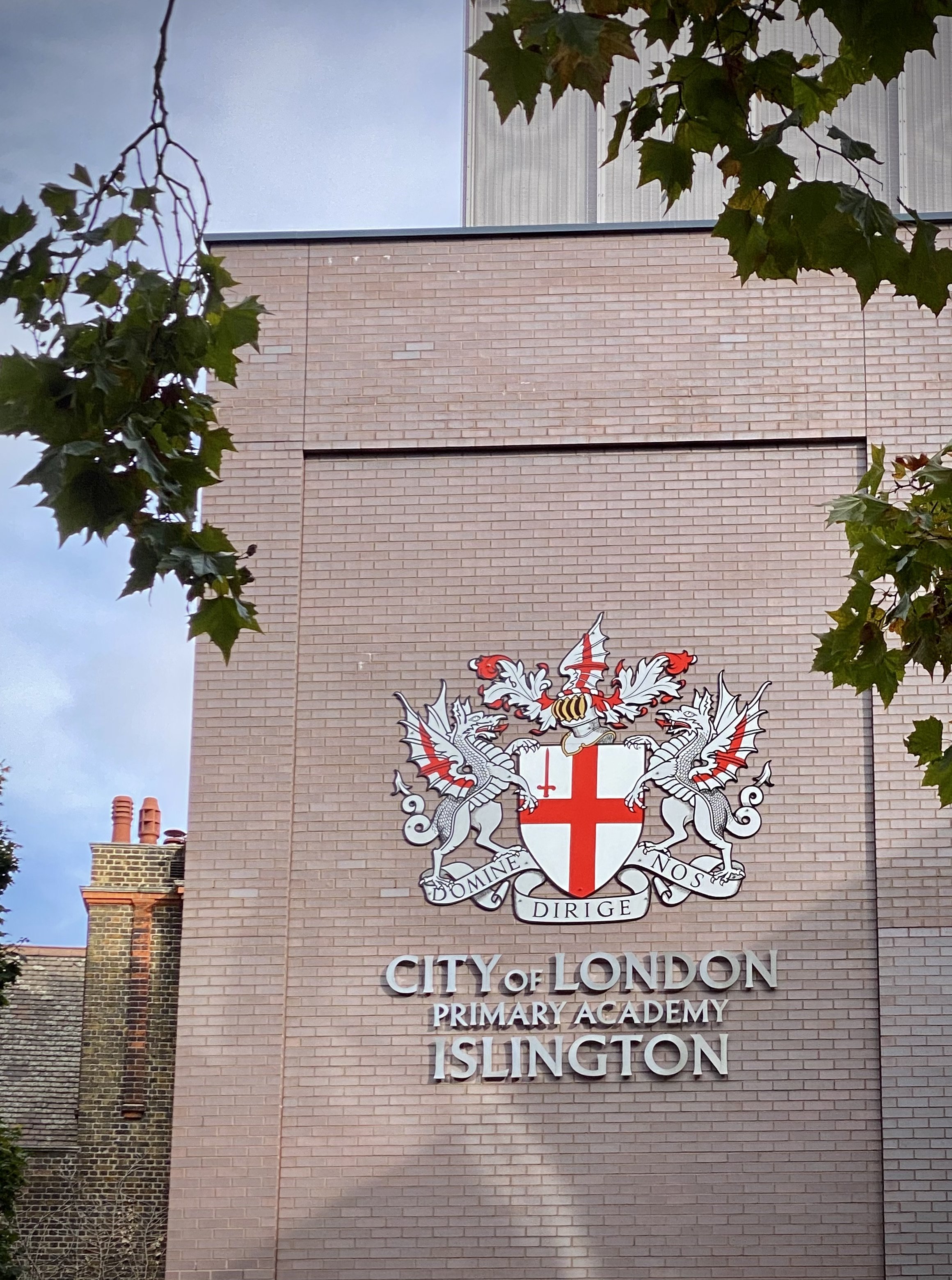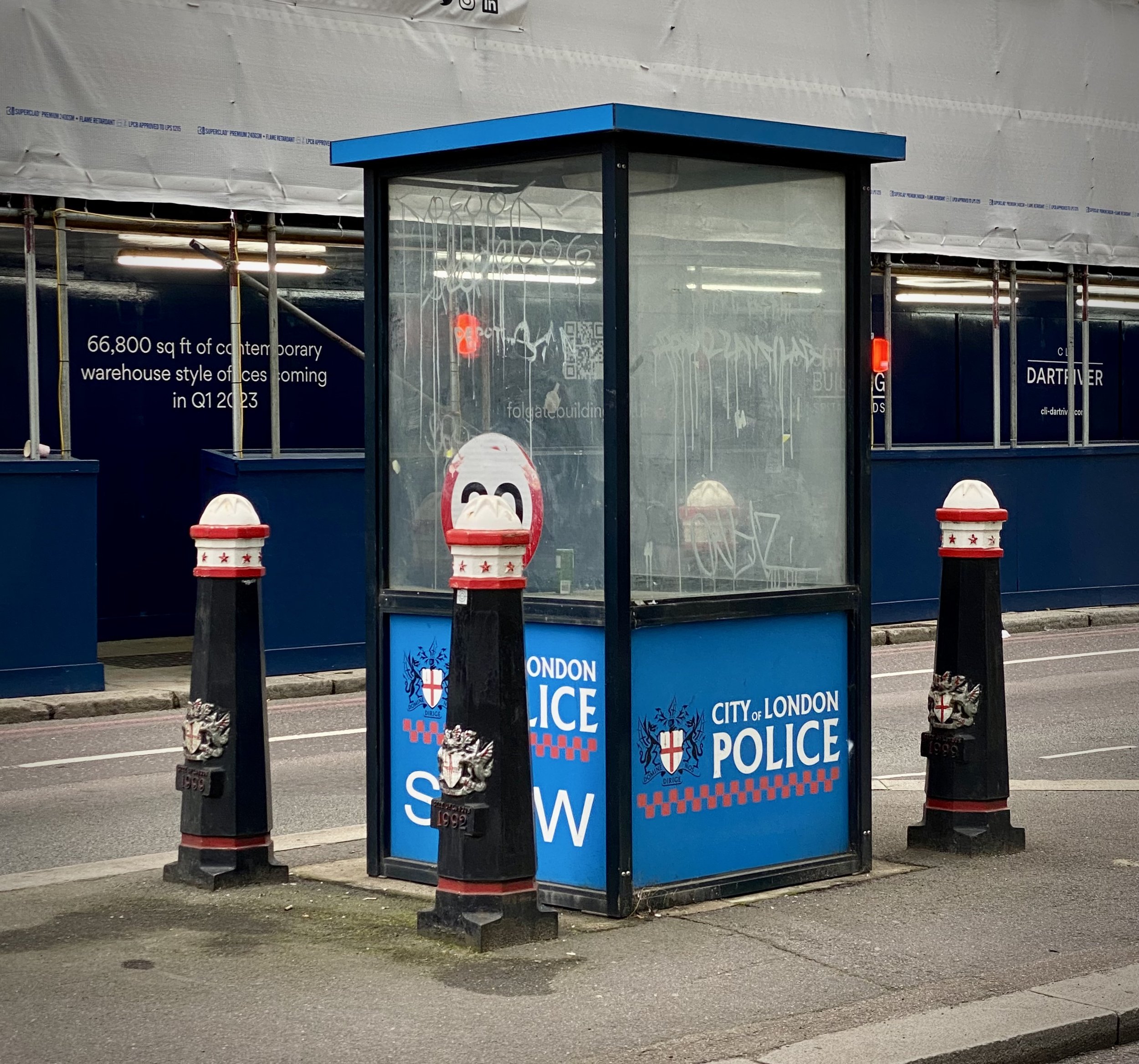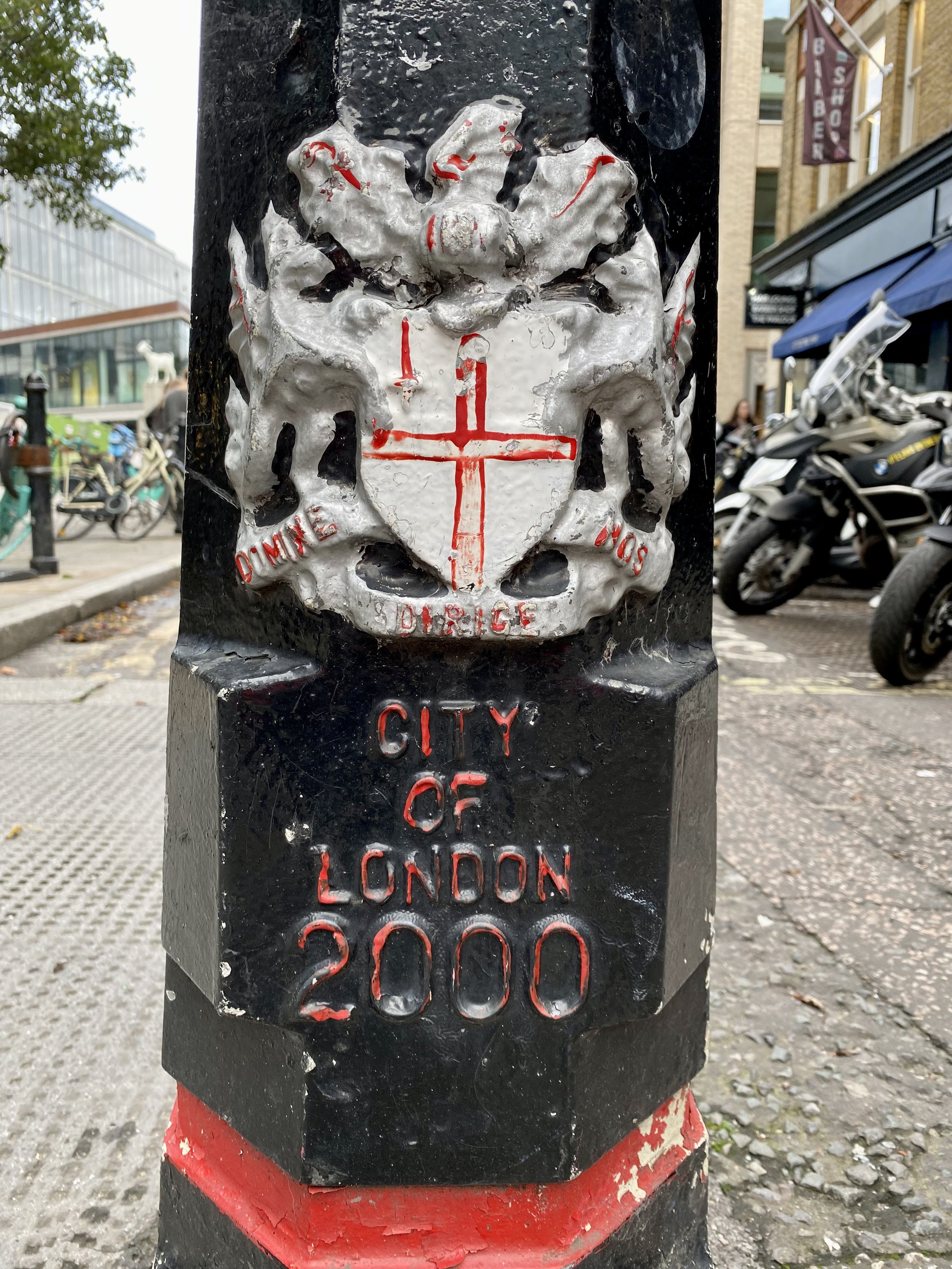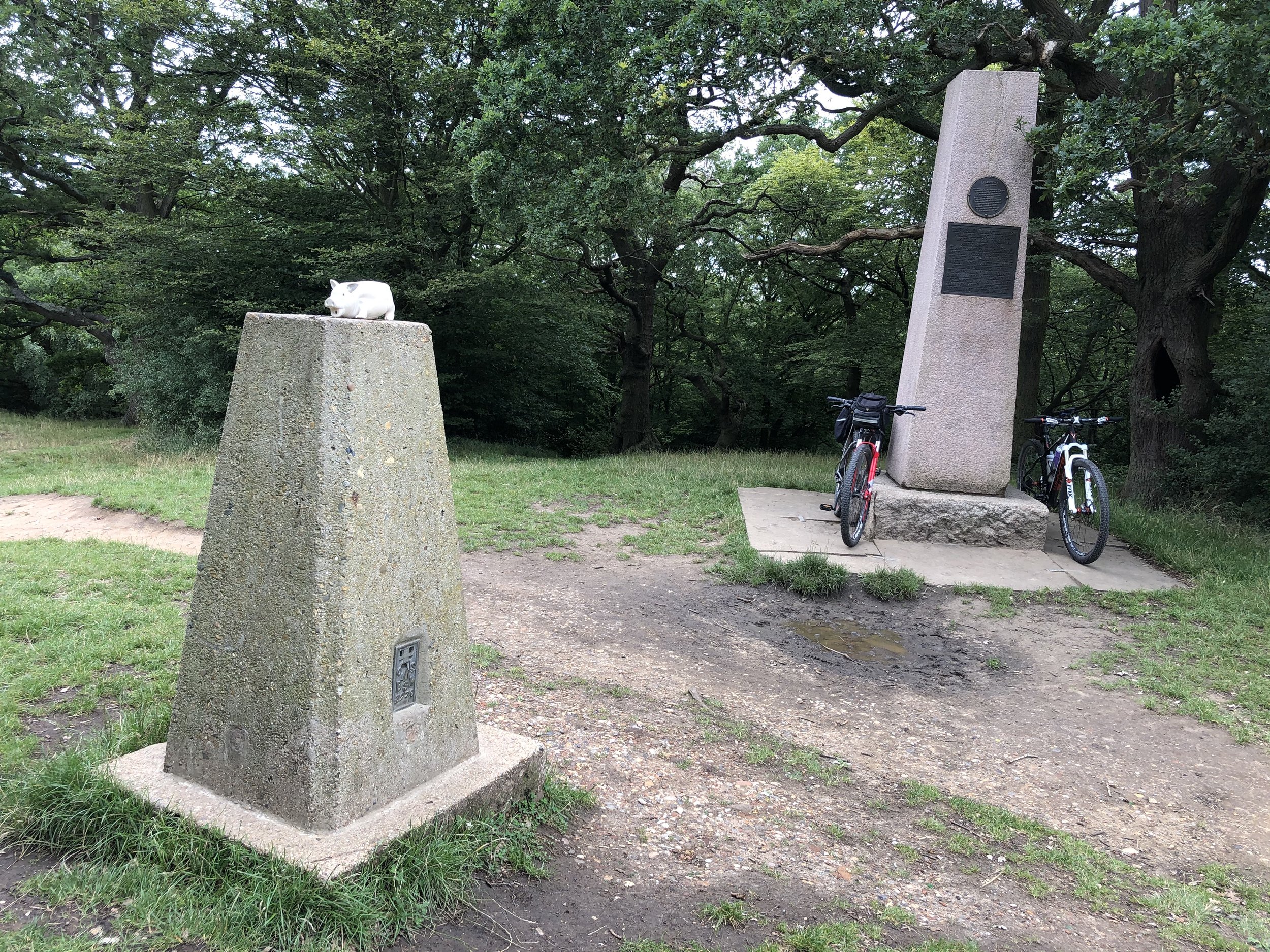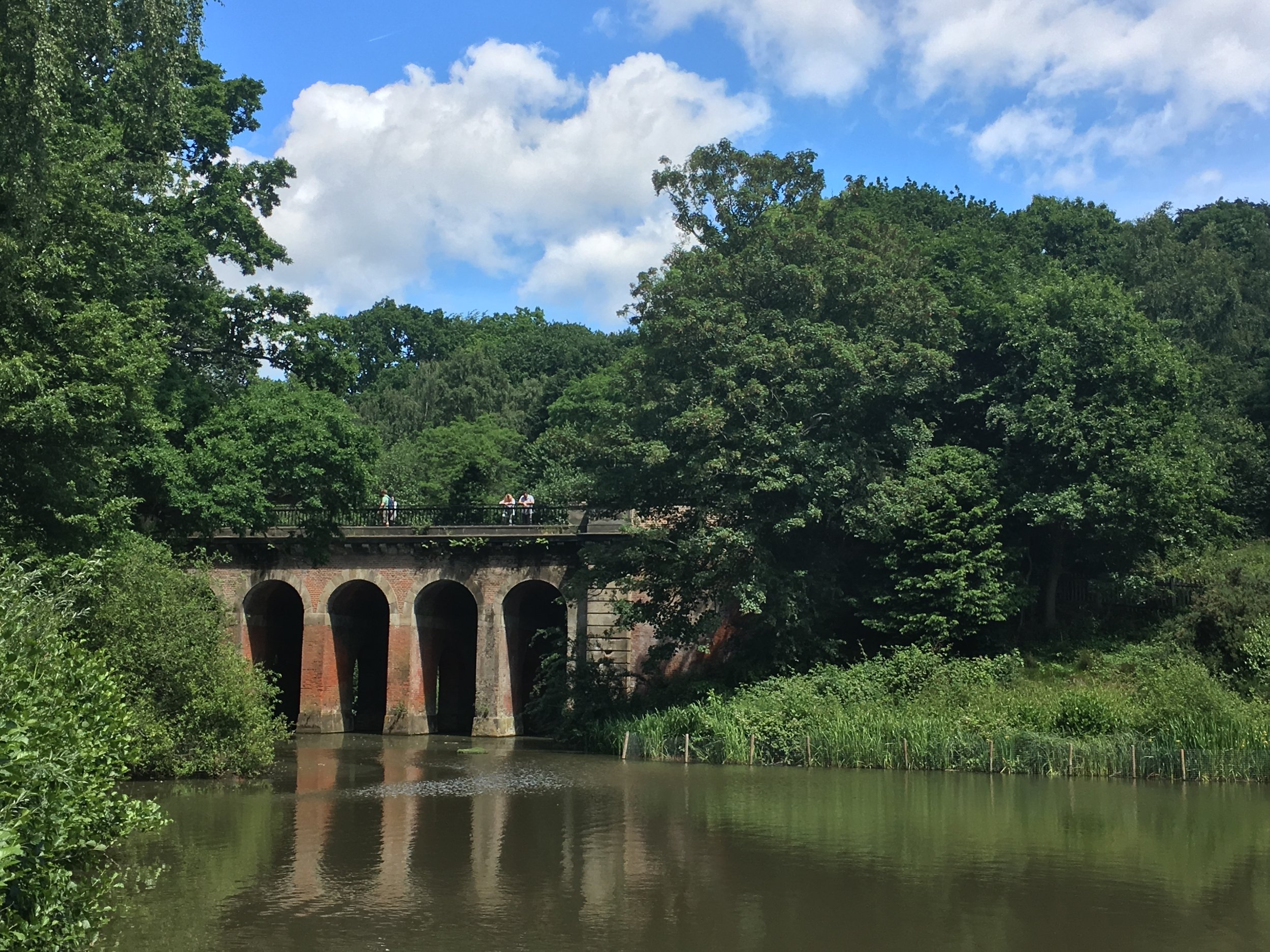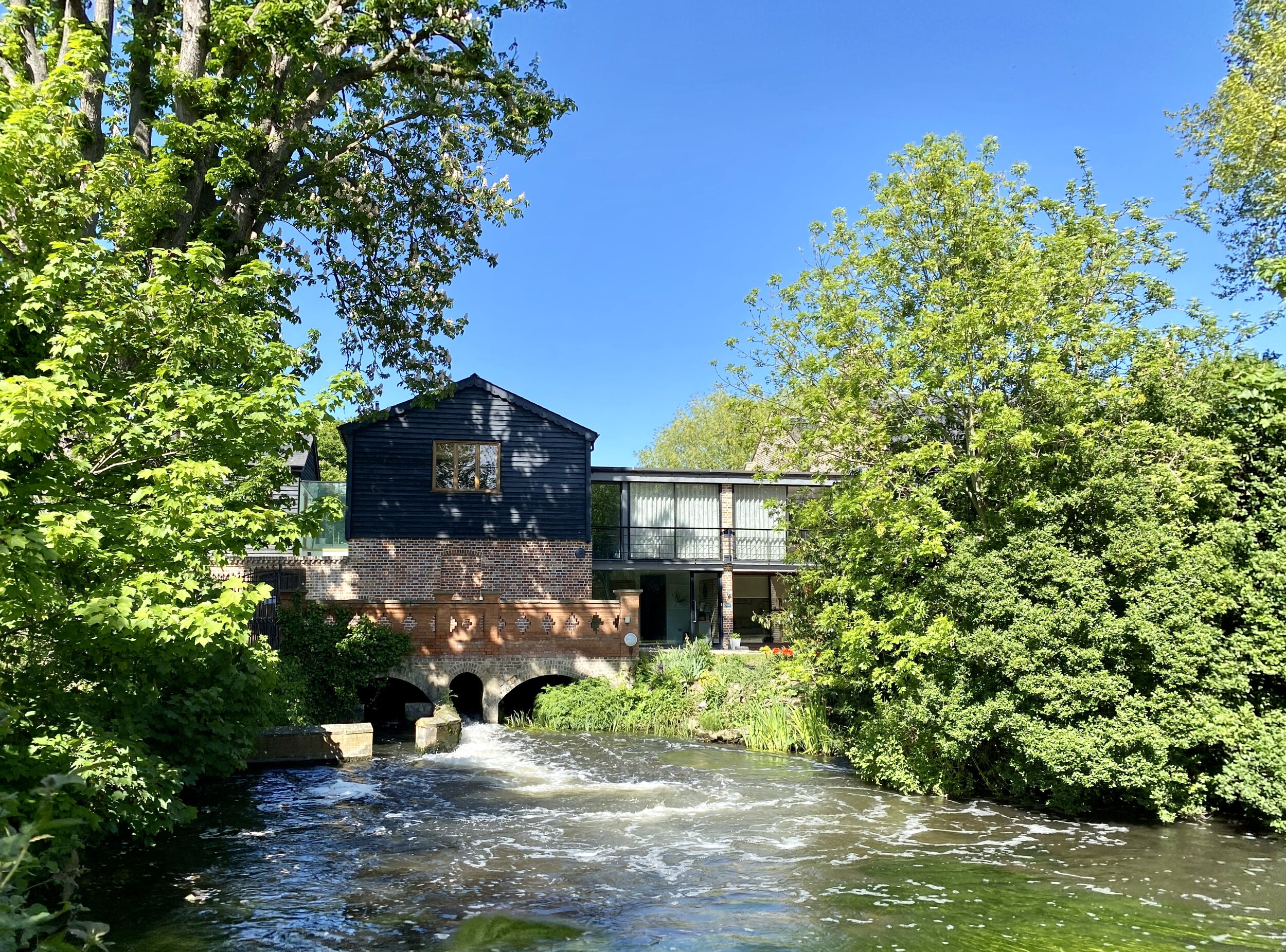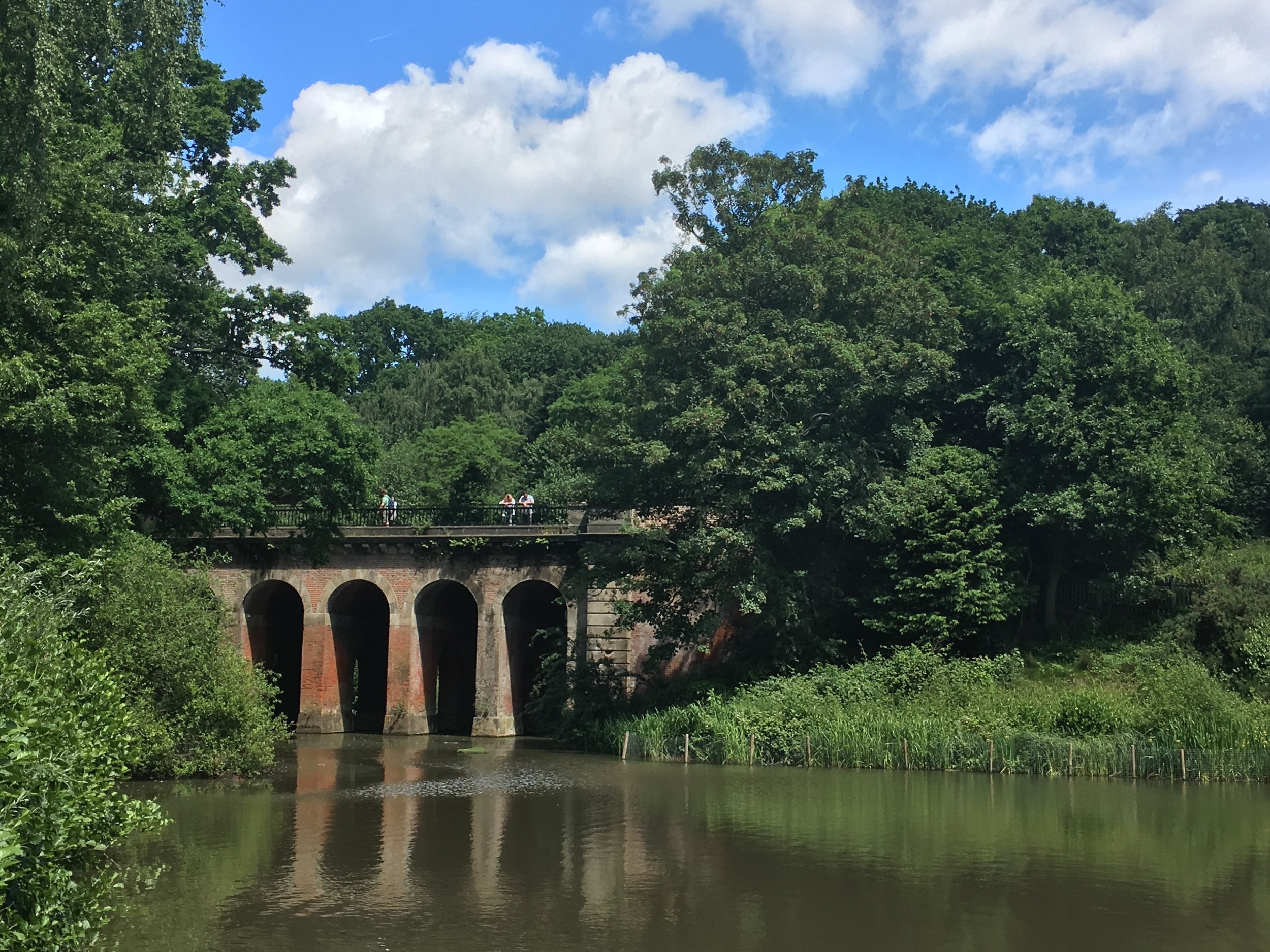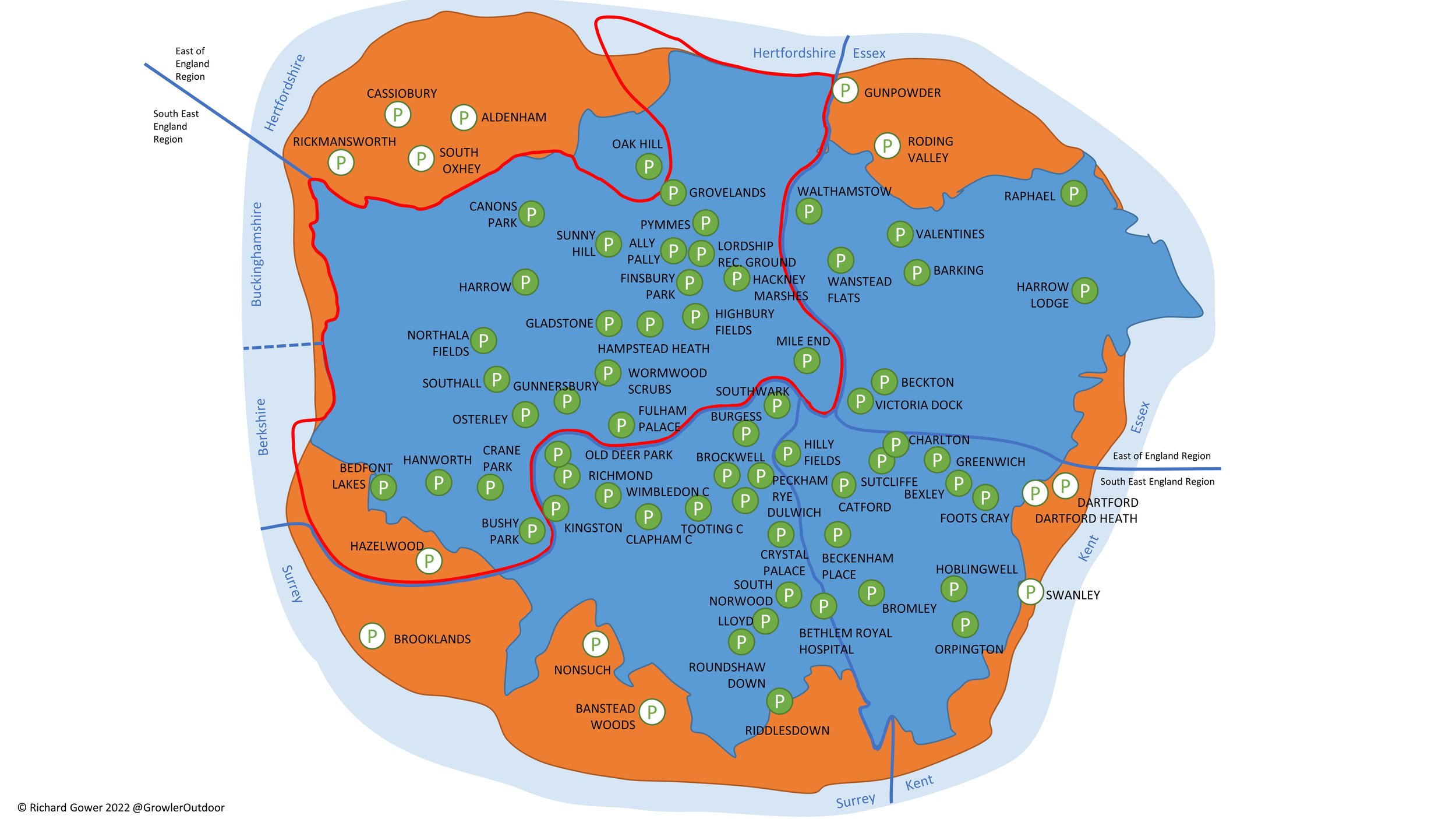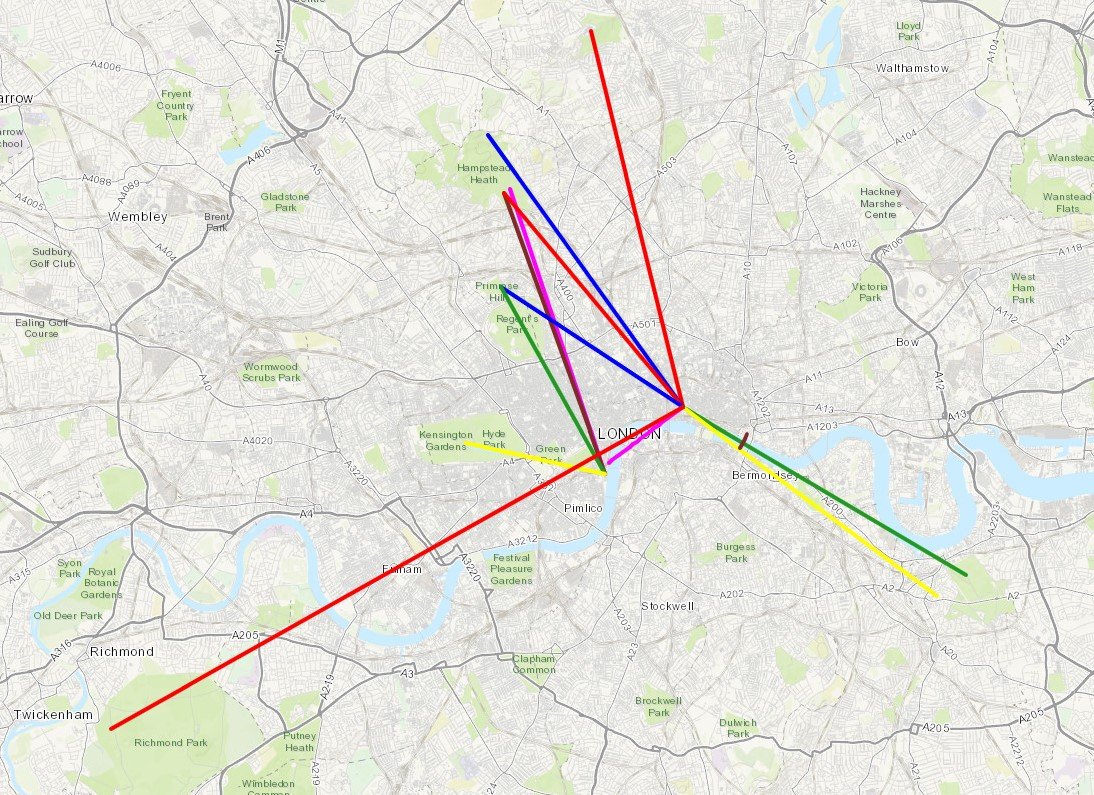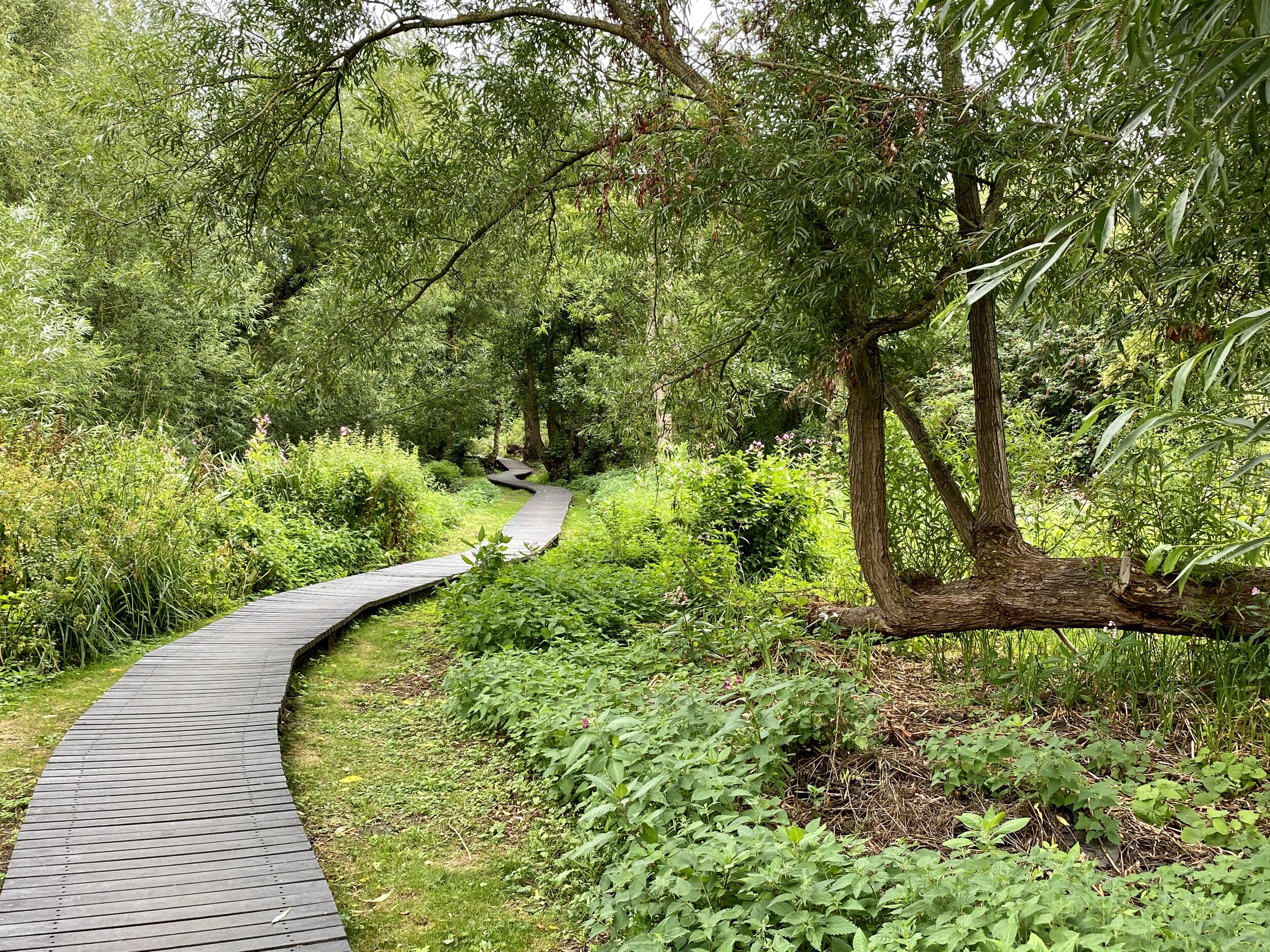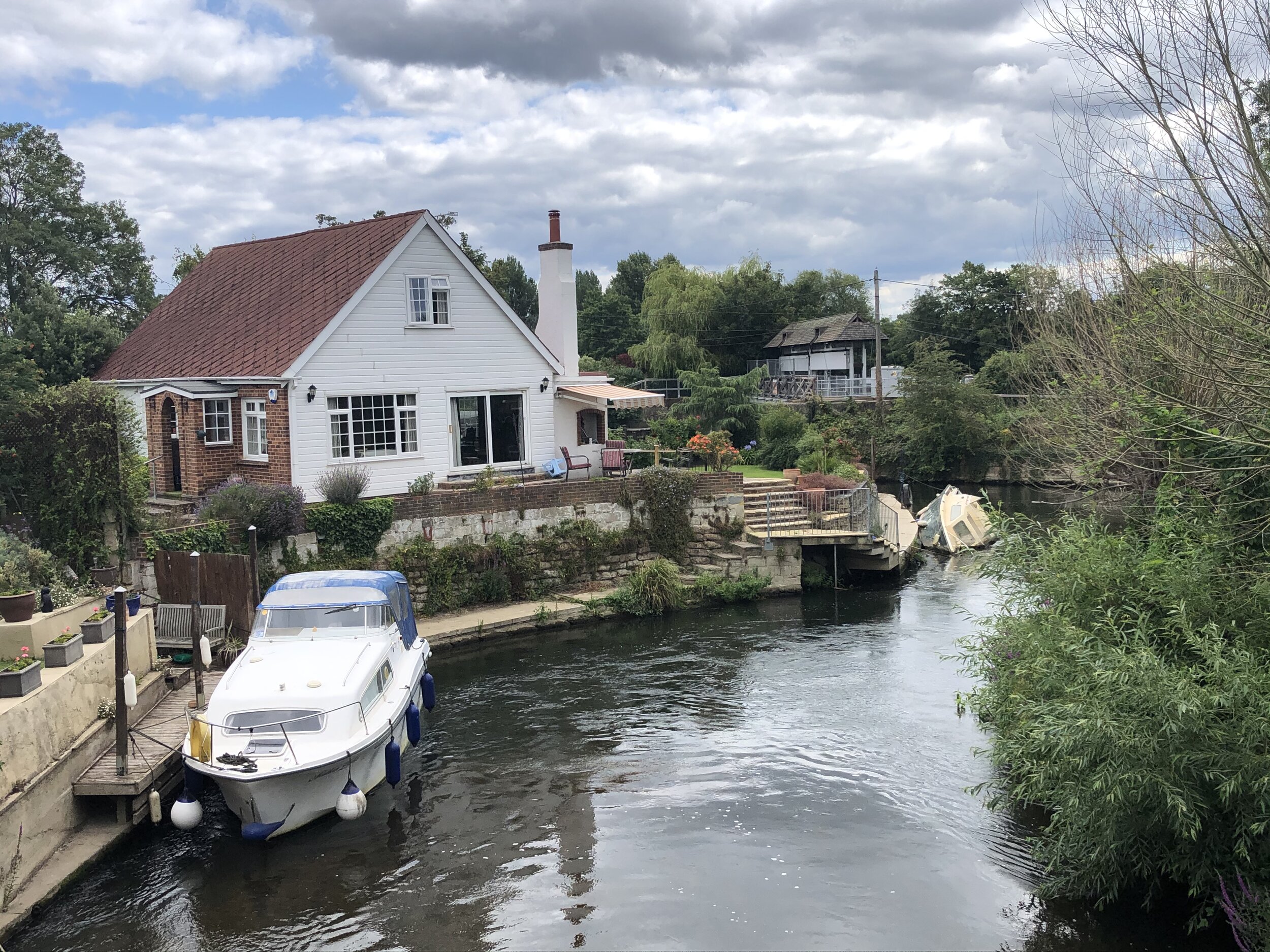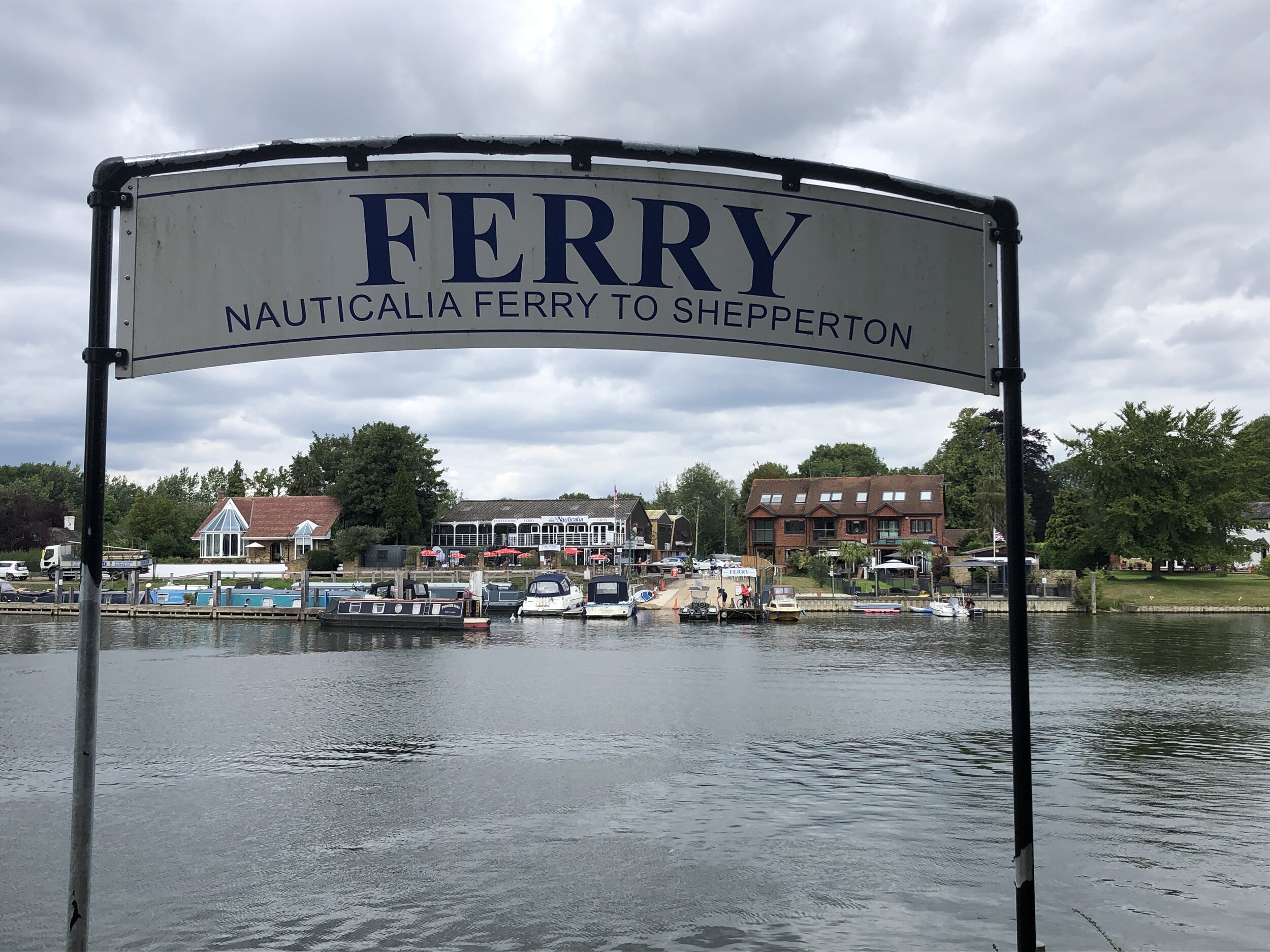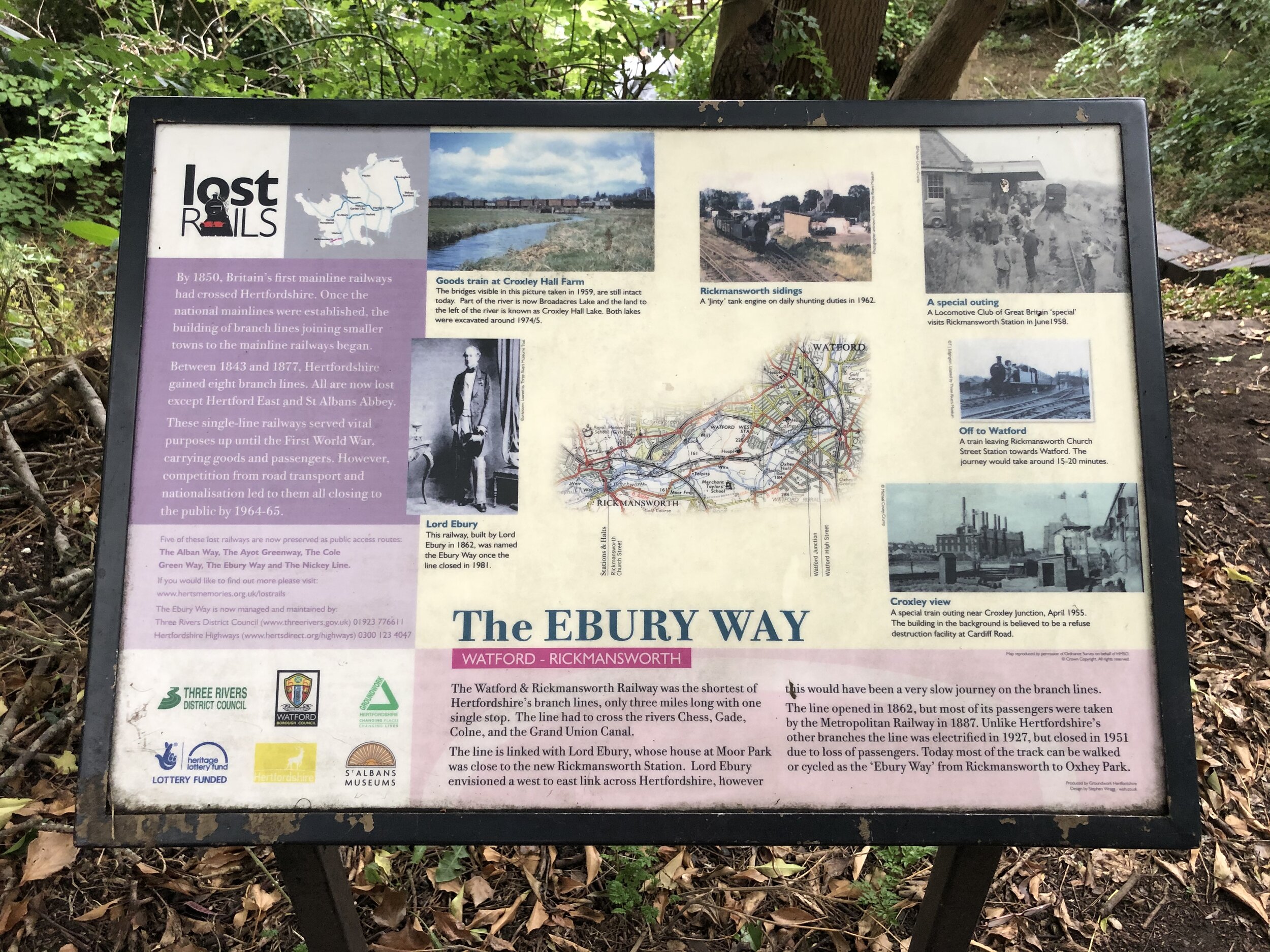“LonDone” is the name for completing the full set of 65 parkrun events in Greater London. There’s 2 other terms: “LonDone +” and “LonDone ++” that have been widely debated in the various parkrun social media forums.
LonDone + is generally seen as being all parkrun events within the M25. There are currently 15 parkrun events that are within the M25 but outside of Greater London or a total of 80 events within the M25.
Up to now I’ve ignored LonDone ++ as a lot of the definitions have felt a bit arbitrary. However, one definition that I like is that it includes events that are outside of the M25 but have a Voronoi area that crosses inside the M25. This includes a further 9 parkrun events making a total of 88 events that have part of their Voronoi area within the M25. Note that different parkrun apps have slightly different calculations for their Voronoi apps. For this page I’ve used the Voronoi map from the Running Challenges Chrome Extension.
LonDone+ and/or LonDone++ are also referred to as “Orbit-All”
See the main LonDone page for details of all parkrun events within Greater London.
LonDone +: parkrun events within the M25
Event (County, Region)
Aldenham (Hertfordshire, East of England)
Cassiobury (Hertfordshire, East of England)
Egham Orbit (Surrey, South East England)
Leavesden Country (Hertfordshire, East of England)
Rickmansworth (Hertfordshire, East of England)
Roding Valley (Essex, East of England)
South Oxhey (Hertfordshire, East of England)
Note that the Egham Orbit course crosses under the motorway with a short section outside of the M25. I've included it in LonDone+ as the start, finish and majority of the course are within the M25.
LonDone ++: parkrun events with a Voronoi area crossing the M25
Event (County, Region)
Oaklands College (Hertfordshire, East of England)
St Albans (Hertfordshire, East of England)
Notes on recent changes
Thurrock’s Voronoi area extended across the M25 before the start of Ingrebourne Hill.
Jersey Farm’s Voronoi area extended across the M25 before the start of Oaklands College.
The images below show the Voronoi area for each of the LonDon ++ parkrun events in blue with the M25 as a red line.
More parkrun posts
parkruns are free, weekly, community 5k events all around the world. I started in December 2012 and have been obsessive about it ever since. See my parkrun Collection page for details.
Featured and popular parkrun posts:




















